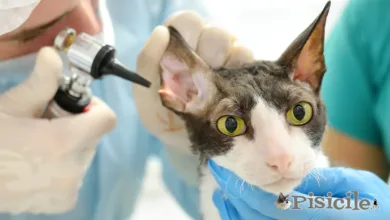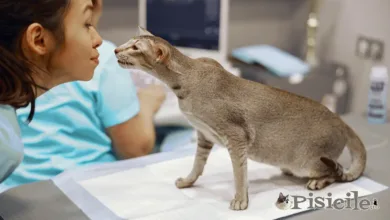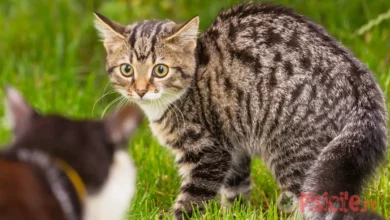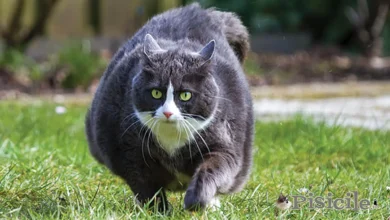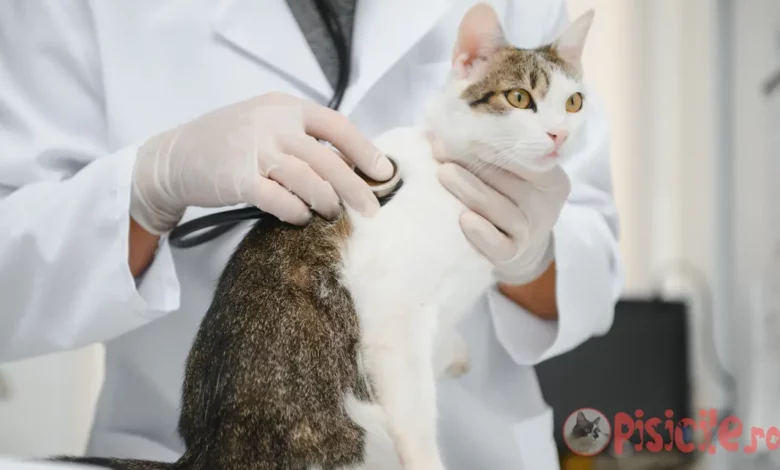
Feline viral rhinotracheitis, also known as feline infectious rhinotracheitis (FRTI), is a respiratory disease caused by feline herpesvirus type 1 (FHV-1). Specific to this virus is the fact that it exclusively affects domestic and wild cats, regardless of age, having a major importance in diseases of the upper respiratory tract in cats.
The disease is also the main cause of conjunctivitis (inflammation of the lining of the eyelids) and can severely affect the quality of life of affected animals. If you have a cat with abundant nasal and eye discharge, it is most likely feline herpesvirus or feline rhinotracheitis. Next, you can learn more about this respiratory disease that affects cats: the way of transmission, the symptoms, the methods of diagnosis and treatment, as well as the preventive measures that can be adopted.
Subject
How does a cat become infected with feline herpesvirus?
Feline viral rhinotracheitis is a contagious disease. Infection of a cat with feline herpesvirus occurs through direct contact with viral particles, which are eliminated through the eye, nasal secretions and saliva of an infected cat.
- Contact direct with an infected cat.
- Exposure to contaminated objects (toys, food bowls, litter boxes or blankets).
- Transmission from mother to offspring: during birth or through close contact.
The virus spreads quickly in crowded spaces such as animal shelters, cat shows or households where there are several cats. It is important to note that FHV-1 does not affect humans or other animal species.
After infection, the virus has an incubation period of 2-5 days, during which the cat can transmit the disease without showing obvious symptoms. Once symptoms appear, active disease lasts about 10-20 days. All infected cats become carriers of the virus, which remains latent in the body. Stress or other health conditions can reactivate the virus, and in these situations, the cat becomes contagious again.
There are cases of feline herpesvirus infection in which cats are only carriers. Cats that have been infected can become latent carriers of the virus. They do not show symptoms constantly, but can transmit the virus during periods of reactivation. It is important to monitor your cat's health and consult your veterinarian if new symptoms appear.
How long does the virus survive in the environment?
Fortunately, feline herpesvirus is sensitive to dehydration and can be destroyed relatively quickly. On wet objects the virus can survive for several hours until the secretions dry, about 30 minutes on the skin, while on contaminated objects it persists until the secretions dry completely.
What are the symptoms of feline viral rhinotracheitis?
Typical symptoms of feline viral rhinotracheitis mainly affect the cat's nose, throat and eyes. These include frequent sneezing, nasal congestion, conjunctivitis (inflammation of the tissues that line the eyelids and surround the eyeballs), heavy blinking, and eye and nasal discharge that can range from clear and watery to thick and purulent (with the presence of pus).
The virus can also cause keratitis, an inflammation and infection of the cornea that can lead to the formation of corneal ulcers. In chronic or severe cases, keratitis can cause scarring of the cornea or the appearance of a chronic condition known as "dry eye" (or keratoconjunctivitis sicca / KCS).
Cats may also experience poor appetite due to nasal congestion, which impairs their ability to perceive smells.
Summarizing the symptoms caused by feline herpesvirus or cat rhinotracheitis, the most common are:
- Profuse nasal and eye discharge. The eyes show signs of conjunctivitis, various eye secretions, frequent blinking. The cornea can also be affected. Keratitis and corneal ulcers, which can leave scars or lead to keratoconjunctivitis sicca (chronic dry eye).
- Frequent sneezing
- Fever
- Lack of appetite
- Lethargy
- Breathing difficulties
In severe cases, cats can develop corneal ulcers and severe conjunctivitis.
What is the treatment for feline herpesvirus or feline rhinotracheitis (FHV)?
Cats with uncomplicated feline viral rhinotracheitis are generally treated symptomatically, depending on the clinical signs and specific problems of each case.
Eye treatment. Conjunctivitis and keratitis can be managed by using topical eye medications. It is essential that corneal ulcers are treated promptly and aggressively to prevent irreversible eye damage. In recurrent cases of conjunctivitis associated with viral rhinotracheitis, treatment may include antiviral eye drops. In addition, supplements based on L-lysine they can help prevent virus replication and reduce the amount of viral particles released.
Prevention of bacterial complications. Although antibiotics are not effective against viral infections, they are often prescribed to prevent secondary bacterial infections, especially in vulnerable kittens.
Care for nasal and respiratory congestion. Cats with nasal congestion may benefit from humidifying the air, either by using a humidifier or by temporary exposure to steam (in a steam bath) for 10-15 minutes several times a day. Secretions that irritate the area around the nose and eyes should be carefully removed using a cotton pad soaked in warm water or saline.
Nutritional support. Because cats with respiratory infections have a diminished sense of smell, they may refuse to eat. In these cases, a moist, tasty and slightly warmed food can stimulate the appetite. In more severe situations, the veterinarian may prescribe appetite stimulants.

Supportive therapy. In severe cases, where the cat is dehydrated, weak or severely affected, hospitalization is necessary. Treatment may include intravenous fluids and other supportive therapies to stabilize the animal's condition.
Also, proper management of the disease also involves careful monitoring and prompt intervention to prevent complications, such as keratoconjunctivitis sicca (dry eye) or corneal scarring, which can occur in chronic or severe infections.
In rare cases, dehydrated or severely symptomatic cats may require hospitalization and intensive care.
Prognosis of infected cats
Although there is no curative treatment, affected cats can lead normal lives with proper care. Reducing stress, a balanced diet, L-lysine supplements and regular vaccinations are the best measures to minimize the impact of the disease. So, you don't need to be alarmed if your cat is infected with this virus.
How can infection with feline herpesvirus be prevented?
The best method of prevention for feline herpesvirus is vaccination. The trivalent cat vaccine (which includes protection against FHV-1, calicivirus and panleukopenia) is essential in the basic vaccination schedule. It is also recommended:
- Maintaining a clean and stress-free environment.
- Avoiding contact with unknown or sick cats.
- Sanitization of common objects.
Also read: Calicivirosis or Feline Coryza – Symptoms, diagnosis and treatment
Conclusion
Feline herpesvirus is a common problem, but it can be effectively managed through prevention measures, prompt diagnosis and proper treatment. If your cat shows symptoms of FHV-1, contact a veterinarian immediately to ensure the best treatment plan. Careful care and a friendly environment are the keys to a healthy and happy life for your cat.
Feline viral rhinotracheitis is a condition that can be effectively managed with proper prevention and treatment. A good understanding of the disease is the first step to ensuring your cat's health.
